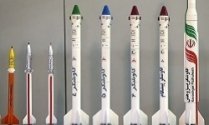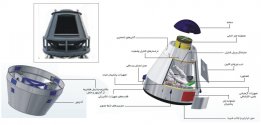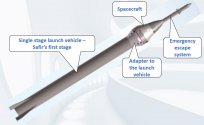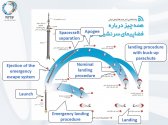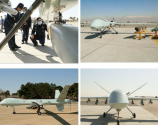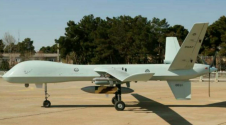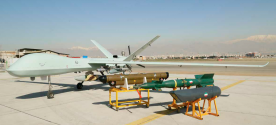Footage of a successful test of the 1.5m diameter solid fuel motor with 74,000kgf thrust (shown below, and currently used as the first stage of Zoljanah SLV) was from December 2015, more than five years ago.
Conclusion: Iran is much further ahead in development of large solid fuel motors than is currently known. Iran already announced that upgrades to this motor will: increase thrust to 100,000kgf, increase specific impulse, use lighter casings and will use flexible nozzle technology (currently used in the smaller state-of-the-art Salman solid fuel motor).
And yes, the below motor can already be used to power a large solid-fuel ICBM (even without the upgrades to thrust and specific impulse, and also ignoring the other more powerful solid fuel engines that have also already been tested, but not yet revealed to the public).
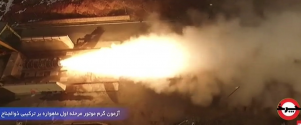
Conclusion: Iran is much further ahead in development of large solid fuel motors than is currently known. Iran already announced that upgrades to this motor will: increase thrust to 100,000kgf, increase specific impulse, use lighter casings and will use flexible nozzle technology (currently used in the smaller state-of-the-art Salman solid fuel motor).
And yes, the below motor can already be used to power a large solid-fuel ICBM (even without the upgrades to thrust and specific impulse, and also ignoring the other more powerful solid fuel engines that have also already been tested, but not yet revealed to the public).


